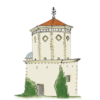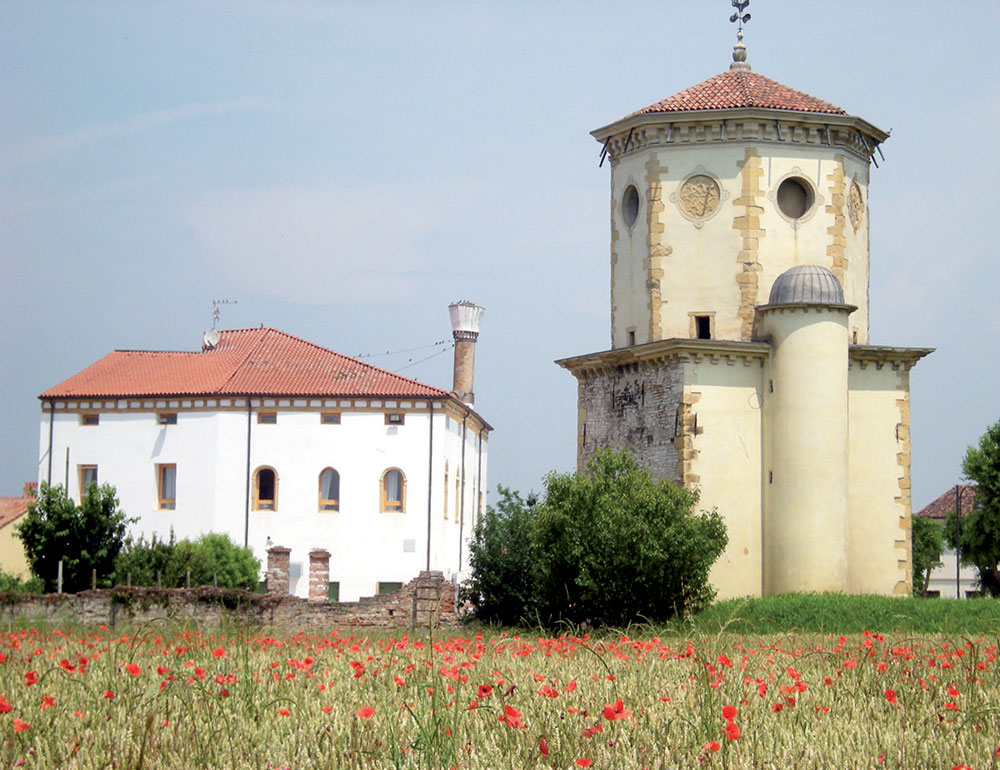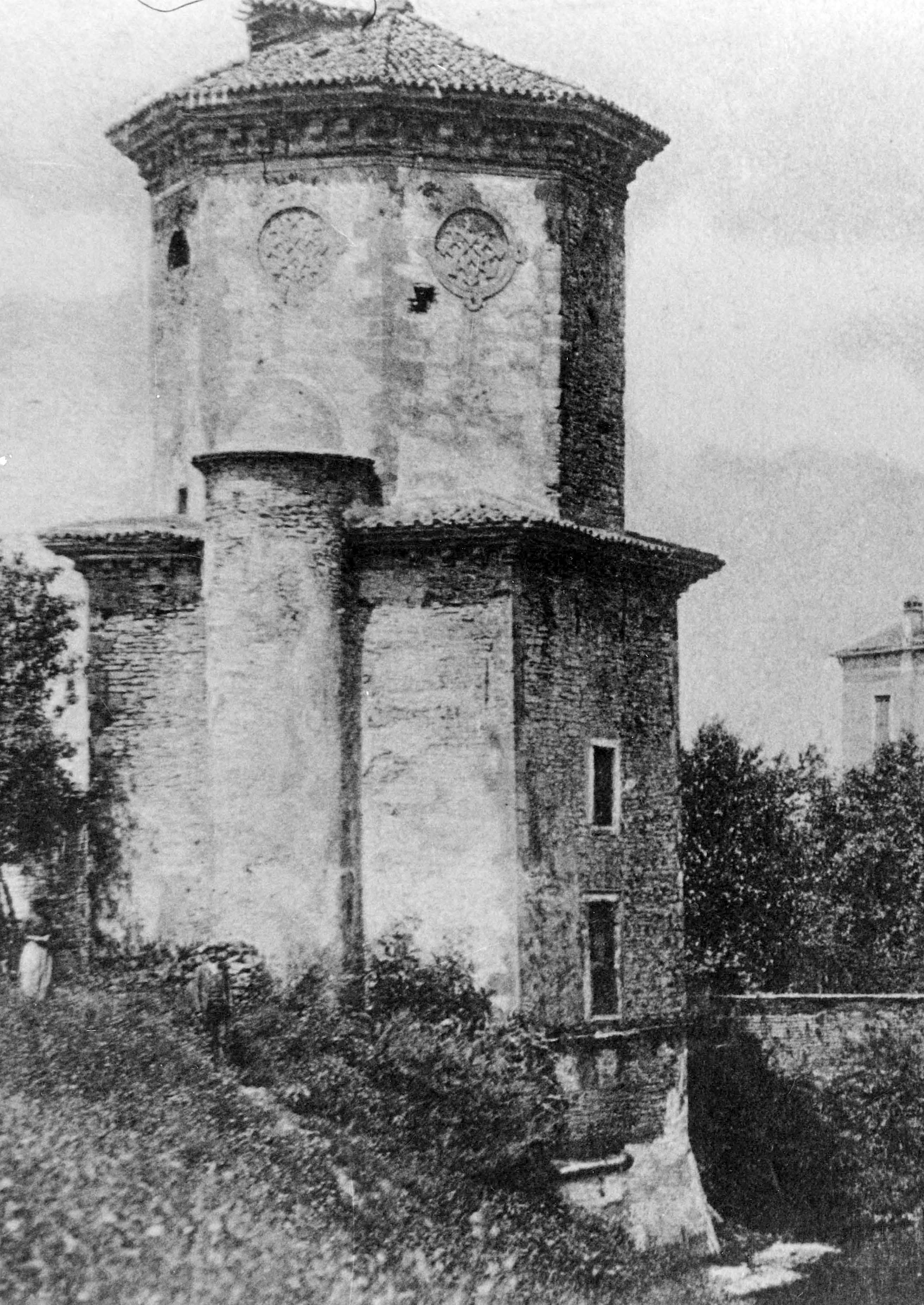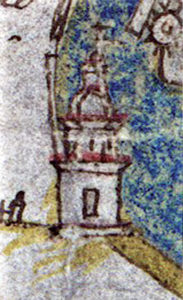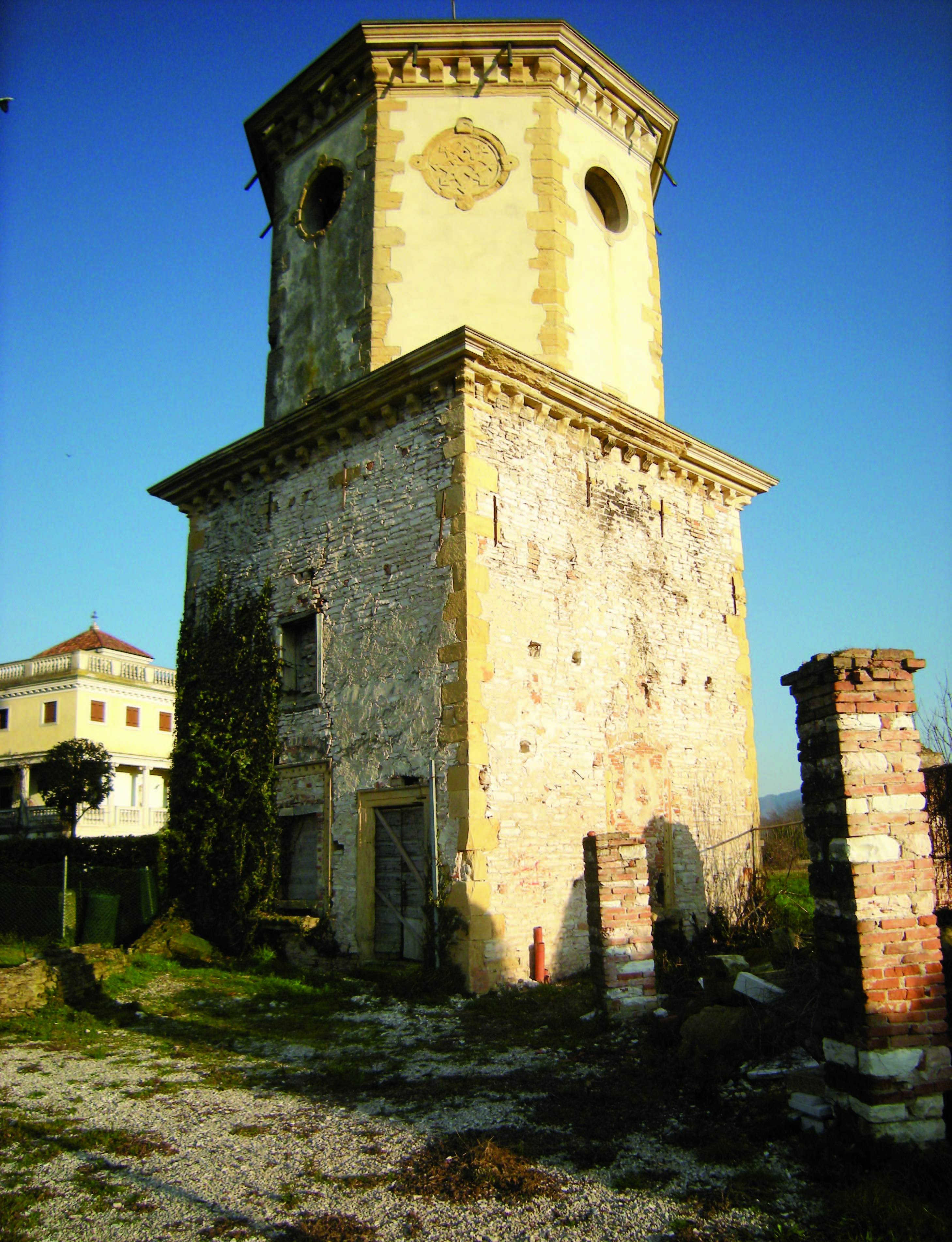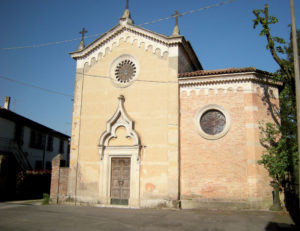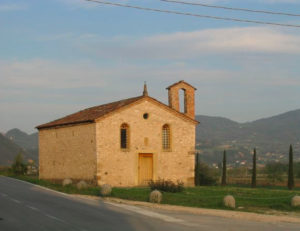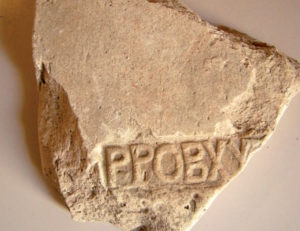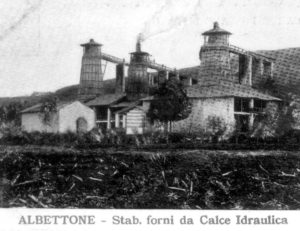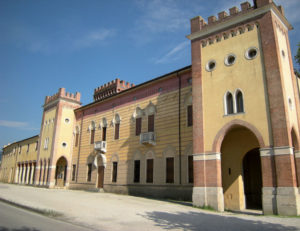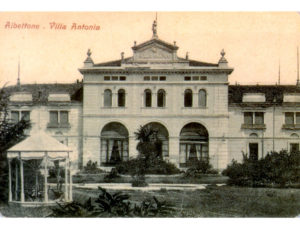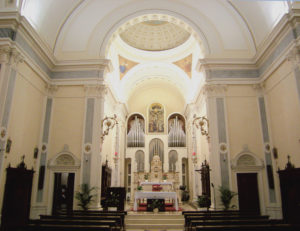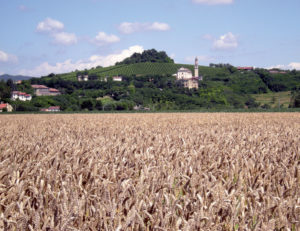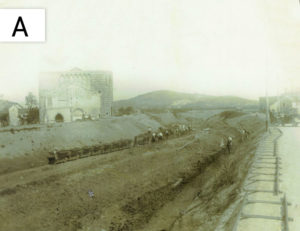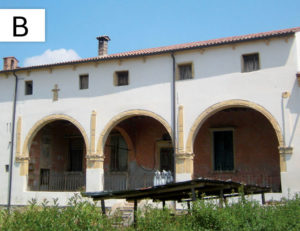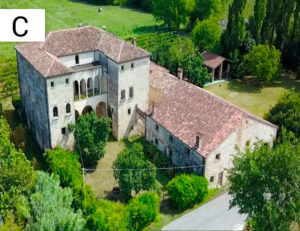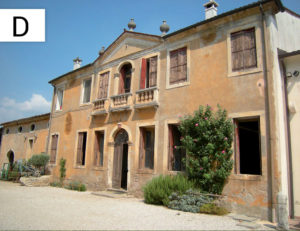Torre Colombara and Municipal Palazzo named after “Maddalena Campiglia.”
The elegant “Colombara tower” is located in the centre of Albettone, on the edge of Piazza Umberto I, it was built by the noble family of Campiglia, probably in between the 400s and the 500s on the right-hand side of the Bisatto canal bank.
The “Colombara tower” is one of a kind in the area of Vicenza, both for the typological characteristics and the particular accuracy above all for the execution of the decorative details.
The Veneto Regional Directorate of cultural heritage and landscape recognised its beauty on the 21st of July 2011.
This original artefact, which presents decorative and compositional elements inspired by the Renaissance style, was built to control navigability, commercial traffic and the storage of goods along the river that was used as a transport route. In reality, the oldest of the towers seems to have been the one that today is no longer visible because it was incorporated during the construction of the adjacent Palazzo built by the local council. The central part served as a Town hall. After the development of the dwelling, a new tower was built. However, the shape of the new tower over the centuries changed in every detail. From a newly found map of 1603, the tower appears higher, and in particular, the dome with ribs in relief divided according to the cadences of the lower segment. You can also see that the summit at the time was crowned by a small lantern which in turn was covered by a hemispherical cusp supported by two small pillars located on opposite sides at the top of the main structure.
Next to the Colombara tower stands the Palazzo Municipale. The historical building, built during the fifteenth century, was also commissioned by the Campiglia family. The forefather of this noble family was Giovanni di Bartolomeo, from three of his ten children the main branches of the family developed: Paolo, Marco and Antonio. In the Estimo of 1544, one of Antonio’s four sons: Carlo, declares that he owns assets in Albettone identified with the current Town Hall. After Carlo became a widower with two children, he began a relationship with Polissena Verlato from whom he had three other children: Francesco, Antonio and the famous poet Maddalena Campiglia to whom the Palace is named. It does not have a regular structure, but was built on several occasions and in later periods; the central part is where they constructed the ancient tower, and it is the oldest. This part of the building consists of a rectangle of about seven meters by ten with a brick barrel vault, in which a trapezoidal-shaped western wall is a fortification wall, with a thickness of one and a half meters. It was necessary because of the hall with a barrel vault ceiling, but also as structural support for the building, raised near the canal, with the force of the flow of water. In the rear part of the building, you can see the level of the building was initially much lower, and the hall was originally much higher as the pilasters are buried halfway.

